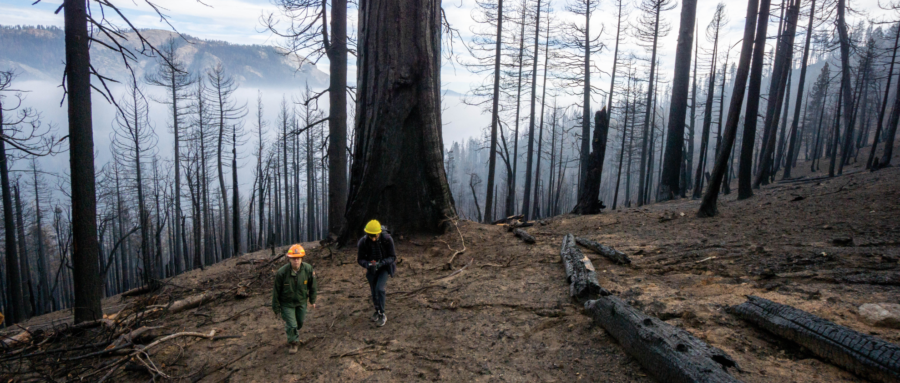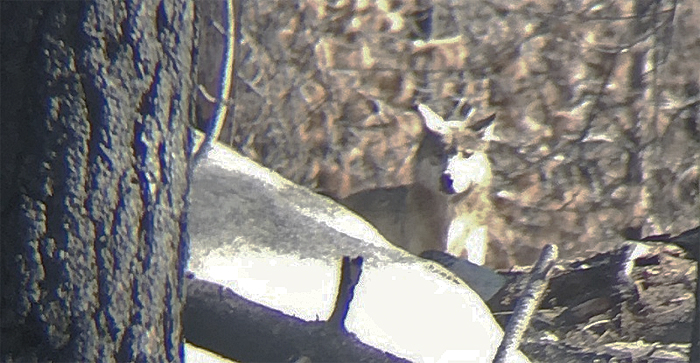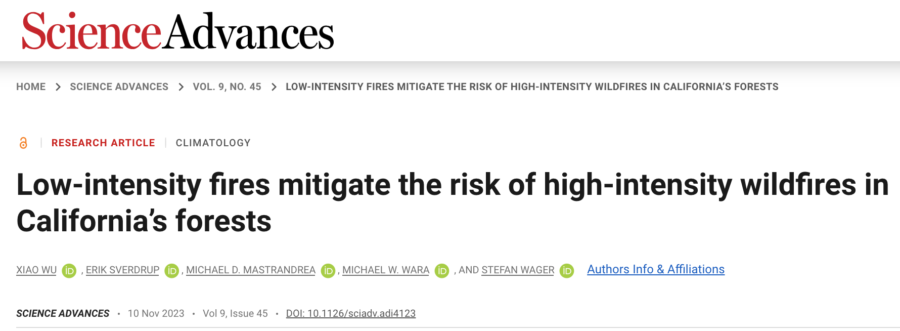The Honolulu Civil Beat has reported that three county agencies on the island of Maui have been subpoenaed by the state attorney general’s office after failing to provide information needed for the state investigation into the August wildfires.
The hurricane-driven Maui firestorm was the worst fire disaster in the U.S. in over a century; the New York Times reported on August 13 that fatalities resulting from the Maui fires had surpassed that of the 2018 Camp Fire in Paradise, California; it was the deadliest wildfire since the 1918 Cloquet inferno in Minnesota killed hundreds of people. Both locals and experts were pleading with tourists from the U.S. mainland and elsewhere to cancel vacation plans and spare locals and emergency responders the drain on scarce resources. Hotels and other lodging options on Maui were scrambling to shelter evacuees and the suddenly homeless.
A local CBS affiliate reported that dozens of homes and businesses were destroyed on the western part of the island of Maui, the second largest and third most populated island in the state. HawaiiNewsNow reported that witnesses described apocalyptic scenes; residents said an overwhelmed fire force, fighting flames all day in powerful winds, could do little as flames ripped through and leveled most of the historic district of Lahaina.
Not quite four months later, the state investigation is focused on fire locations and a timeline of events, and it’s still lacking critical facts, according to the Fire Safety Research Institute, which was hired by the state’s attorney general. “Until that happens, this critical process cannot move forward,” said Attorney General Anne Lopez.  She said some Maui agencies have cooperated with investigators, but that subpoenas were issued to the Maui Emergency Management Agency, the Maui Department of Public Works and the Maui Department of Water Supply. The Honolulu Civil Beat said it contacted all three agencies and got no response from any of them.
She said some Maui agencies have cooperated with investigators, but that subpoenas were issued to the Maui Emergency Management Agency, the Maui Department of Public Works and the Maui Department of Water Supply. The Honolulu Civil Beat said it contacted all three agencies and got no response from any of them.
Mahina Martin with Mayor Richard Bissen’s office said the county has “cooperated fully” with the investigation but that the county has not shared everything investigators have requested. She explained that some items were submitted to investigators, about 20 more are pending, and another dozen require federal Department of Homeland Security clearance before they can be produced. She said investigators have finished more than 90 interviews of county personnel.
Civil Beat asked the attorney general’s office what information it is seeking through the subpoenas but they declined. In the aftermath of the historic fires, Civil Beat filed records requests with the Maui Emergency Management Agency — including text messages, emergency operations center activity logs, requests for assistance to the state and its continuity plan, and an outline of who is in charge if top leadership is absent, as was the case on August 8 when the fires started. MEMA has not provided any of these records.
A report by The Hill said the fires damaged or destroyed more than 2,000 structures and burned over 2,000 acres, according to FEMA records. The rebuilding could cost upward of $5 billion.
Other Maui agencies, meanwhile, have handed over requested information to investigators and the AG’s office. “We appreciate the cooperation of the Maui fire and police departments, and while we continue to work through some issues, their leaders and line responders have been transparent and cooperative,” Lopez said.









